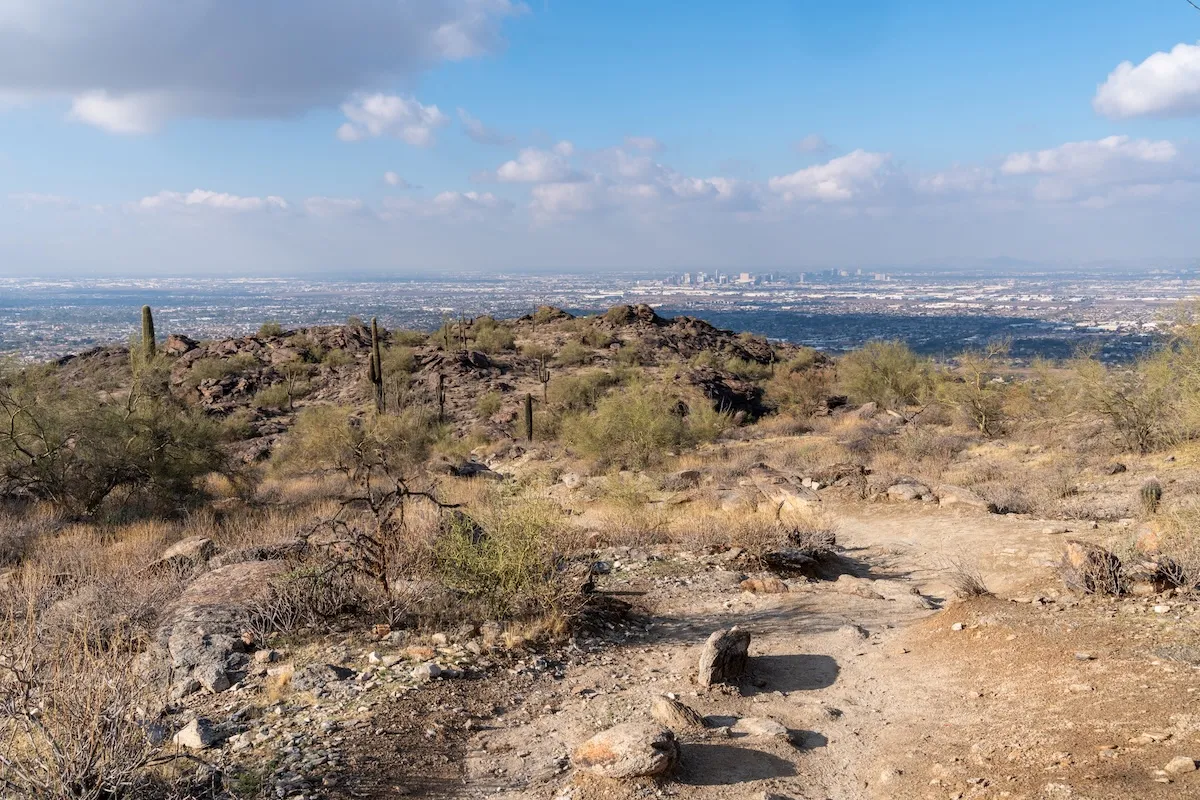What is your favorite part about being in nature? For some people, images of a snowy mountain pass or a grandiose adventure into the wild come to mind. For others, simply listening to a freshwater creek slowly trickle through their backyard is a perfect way to spend time outdoors. Most of us would agree that experiencing nature can offer an escape from the hustle and bustle of day-to-day life. While enjoying the outdoors, we all have come upon things that remind us that people have been there. From your once entranced state, you are immediately reminded of the realities of your day-to-day life. One of the ways this is being combated is from efforts like the seven principles of the Leave No Trace campaign. It is a great place to start but we have decided to add a few tips that Leave No Trace doesn’t cover to hopefully make all of our future camping experiences a little less “traceable”.
Videos by Outdoors
1. Leave It Better Than You Found It
This is the basic cornerstone of No Trace Camping. Common courtesy and a little common sense go a long way. Pick up your trash. Don’t destroy the surrounding habitat. Both of those seem reasonable and straightforward. Going a step further, you can actually leave the area better than you found it. What a novel concept; to actually make it better than you had it so the next person can enjoy it that much more. This “leave it better” mentality can be applied to everything from cleaning up to fixing a broken fire pit. So go ahead and pay it forward.

2. Set Up Camp Under A Pine Tree
This tip applies especially to a single, pristine, campsite off the beaten path. One of the best places to place your tent, where you are not disrupting the surrounding vegetation, is under a large pine tree. Fallen pine needles make an ideal place to put your tent because the surrounding vegetation is not impacted, there is normally great shade from the pine tree for summer trips and it makes for a very comfortable surface to sleep on. If you get a little creative and look, there is no need to clear vegetation and cut trees to make camp. This way, when someone stumbles upon that spot a day, a month, a year later, they will get to experience it just the way you did.

3. Be Cautious With Firewood
You think cutting a tree down for firewood is noticeable in nature? Well, this tip may help prevent the cutting of potentially hundreds of trees from an area. Parts of the United States are under attack from various invasive diseases and insects that have the potential to kill thousands of trees. Different states have different regulations and different policies regarding taking firewood from place to place. Check with your local state or where you will be traveling. The idea behind these regulations is to prevent, or slow down, the spread of invasive diseases and insects that can kill large numbers of trees.

4. Don’t Forget About Noise
We all have experienced this is one way or another. There we are, listening to the sounds of the outdoors and again, we hear a familiar sound from our daily lives. Maybe it’s a chainsaw or a radio. Regardless, it always has the same outcome. You are, yet again, interrupted from what you were doing. This is particularly important in certain campgrounds where campsites are fairly spread out and there is an expectation of a somewhat quiet, peaceful stay. Again, a little common courtesy can go a long way.









